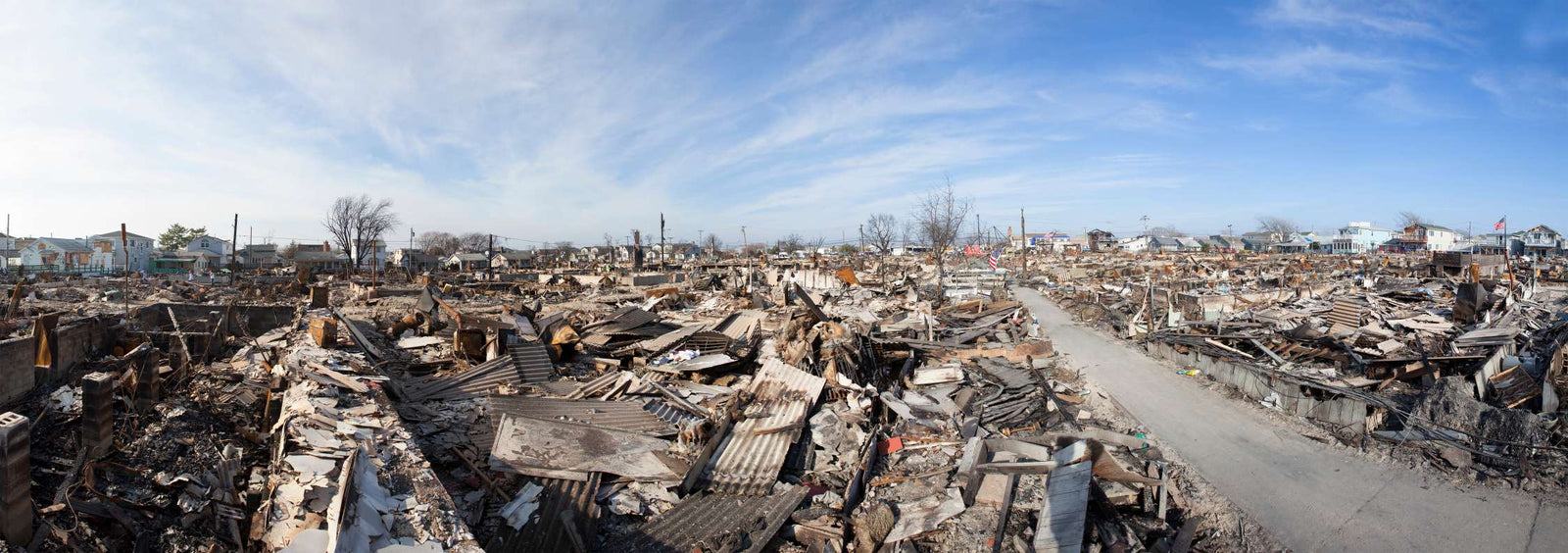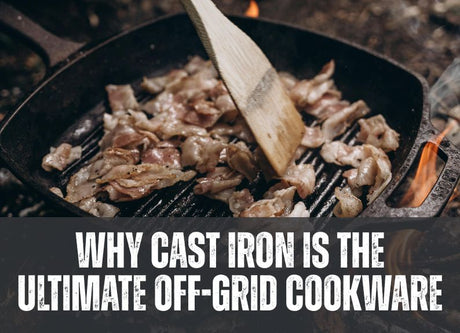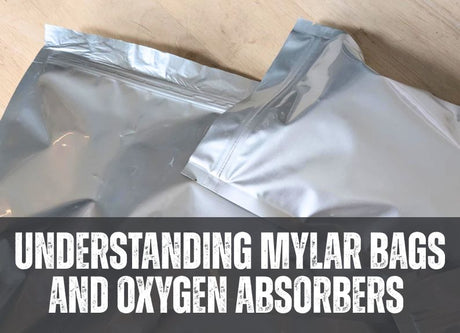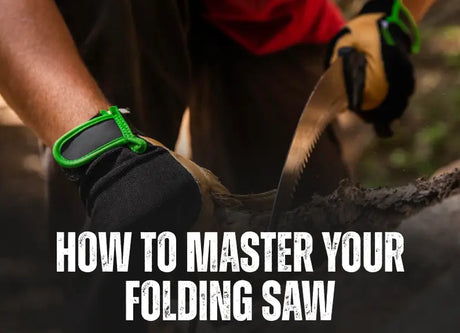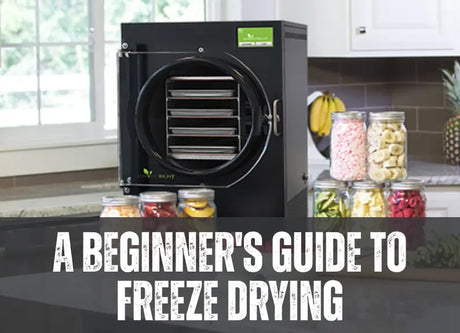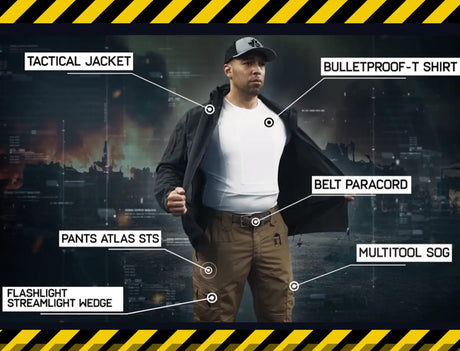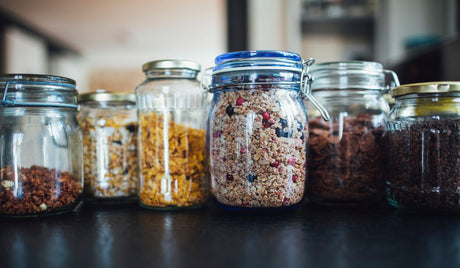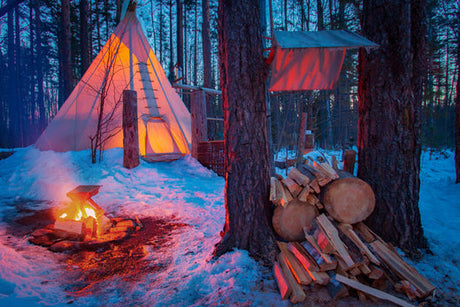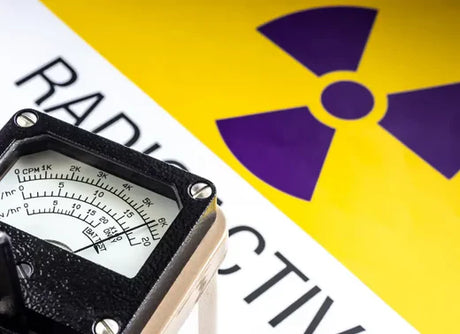You’re in a safe location, and the hours turn to days––how will you survive if no help arrives?
We have covered the first seconds, minutes, and hours of an emergency, but what happens after that? If you haven’t read part one, start there. This blog is your comprehensive guide to the days, weeks, and months following a collapse.
How to survive the first 3 days after society collapses.
In the days after a disaster, it is difficult to know how to prioritize your time, effort, and movement to secure your long-term survival. In a post-collapse world, every moment counts. After you’ve secured a good shelter, your task is to fulfill your following most immediate needs––water, sleep, and medical care. As a prepper, you should ensure you have an accessible 72-hour emergency kit that you can utilize in an emergency. These kits are an essential piece of your emergency preparedness plan.
Securing clean water is your number one priority in the first three days.
Human bodies require water to survive. A single human needs a minimum of 16oz of water per day, but ideally, at least 3-4 Litres per day is required for long-term survival. The catch-22? Water-borne pathogens are a deadly killer in survival scenarios where medical care and antibiotics are scarce.
Factors that significantly affect how much water you need to survive:
-
Age
Children and the elderly are the most at-risk for dehydration. Children are more susceptible to illness, which can also increase their risk of dehydration. Elderly adults naturally retain less water and can become seriously dehydrated with even a minor illness. These age groups are especially prone to dehydration if they exercise or are exposed to prolonged sun durations or hot temperatures.
-
Exertion
The amount of activity you’re doing will be a significant factor in your risk for dehydration. The body loses a considerable amount of water through sweat and breathing, and you will need to replace it. If one person in your group is responsible for high exertion level tasks, then ensure you prioritize water to keep them from dehydration.
-
Illness
Dehydration is a serious risk factor when sick, especially with vomiting or diarrhea. A sick person will need constant fluids to help them maintain their water levels, especially in a grid-down situation––where medical help will not be readily available.
What are the common symptoms of dehydration?
It is critical to know the common signs of dehydration so you can act fast before it becomes an emergency. If you have vomiting or nausea, it is critical to try to re-hydrate as these quickly drain the body and lead to extreme dehydration.
In children and babies, the common symptoms to look out for include:
- Mouth and tongue that are dry
- Crying without tears
- Clean diaper for over three hours
- Sunken appearance of face and eyes
- Restlessness and lethargy
In adults, dehydration presents as:
- Dark and infrequent urination
- Lethargy
- Vertigo and confusion
- Excessive thirst
In the first 3 days of a disaster, medical care is a critical focus.
In addition to treating dehydration, medical care and first aid should be a top priority once you are in a safe shelter. Nearly two out of three deaths are caused by infections when medical care is inaccessible. Most people will not survive past the first three days without medication or treatment of an open wound or severe injury. A smart prepper will already have a store of medicines that they can draw on to help mitigate the symptoms of a fever, infection, or illness and sufficient first aid supplies to treat any wounds or injuries. We recommend having the Survival Guide to medicine on hand to treat a wide range of medical events, including pregnancy, broken bones, water-borne illnesses and the effects of nuclear radiation.

Most medications will be viable for long after their stated best before date. A study revealed that many prescription and over-the-counter drugs, such as NSAIDs like ibuprofen and antihistamines, were still effective more than 10 years past their expiry date when stored in a cool, dry place. For stockpiling medication, reach for powdered forms first as they will significantly outlast gels and liquids, which deteriorate faster.
Learn more about post-collapse first aid in our blog.
In the first 3 weeks, securing food is a survival necessity.
There are three fundamental ways of securing food after an apocalyptic scenario. As preppers, we should be able to do all three if we want to maximize our capacity for survival. In order to thrive in a grid-down scenario, where there is no imported food and no help, mastering these three skills will be necessary.
One key factor for long-term survival is maintaining your health and body. As humans, we require a fairly complicated set of macronutrients to sustain a healthy body––especially at a high-performance level. A significant part of long-term survival is being able to meet your nutritional needs under more demanding conditions than pre-collapse. From chopping wood, building structures, carrying hunted game, and searching out food to self-defence and extensive on-foot travel, you will need to replenish those lost carbs and nutrients as quickly and efficiently as possible.
Three necessary skills for accessing food after a disaster.
-
Start a stockpile of food and resources now
There is no time to hesitate. Today is the right day to build your store of food and essential resources. This is a critical skill for all preppers. A combination of short and long-term shelf-stable food, including canning, cold storage for fresh vegetables, MREs, and freeze-dried foods, is necessary for your survival. Learn more about stockpiling from our extensive resources.
How to stockpile food effectively
-
Learn how to hunt & trap & forage in your local area
Surviving without access to grocery stores is a skill that is developed over time. Learning to hunt, trap, and forage before it is the only way to survive will allow you to feed yourself and your family as efficiently as possible. In a world where your energy is a precious resource, that efficiency is the difference between life and death.
Learn the basics of plant identification
A prepper’s guide to food preparation
-
Get prepared to grow your own food
Seed storage and learning to grow your own food in the climate you live are fundamental skills. Homesteading techniques should be a major focus of your long-term preparedness plan. Learning about your growing season, local climate, and soil composition is critical for growing successfully.
Want to learn more about long-term survival?
In a world beyond the initial disaster, power, community, and permanent structures are needed to thrive. Our “After The Collapse” series provides essential information to help you prepare for and thrive in an unknown world.

Your family survival kit should include:
- Water (1 gallon or 4 L per day/per person)
- 3-day supply of non-perishable food
- Clothing & blankets
- Medication
- First-aid kit
- Crank-powered radio
- Plastic sheet and duct tape (for shelter)
- Crank or solar flashlight
- Candles
- Water-proof matches
- Personal hygiene supplies
- Small knife, axe, and saw
- Cash and bargainable goods
- Important documents

